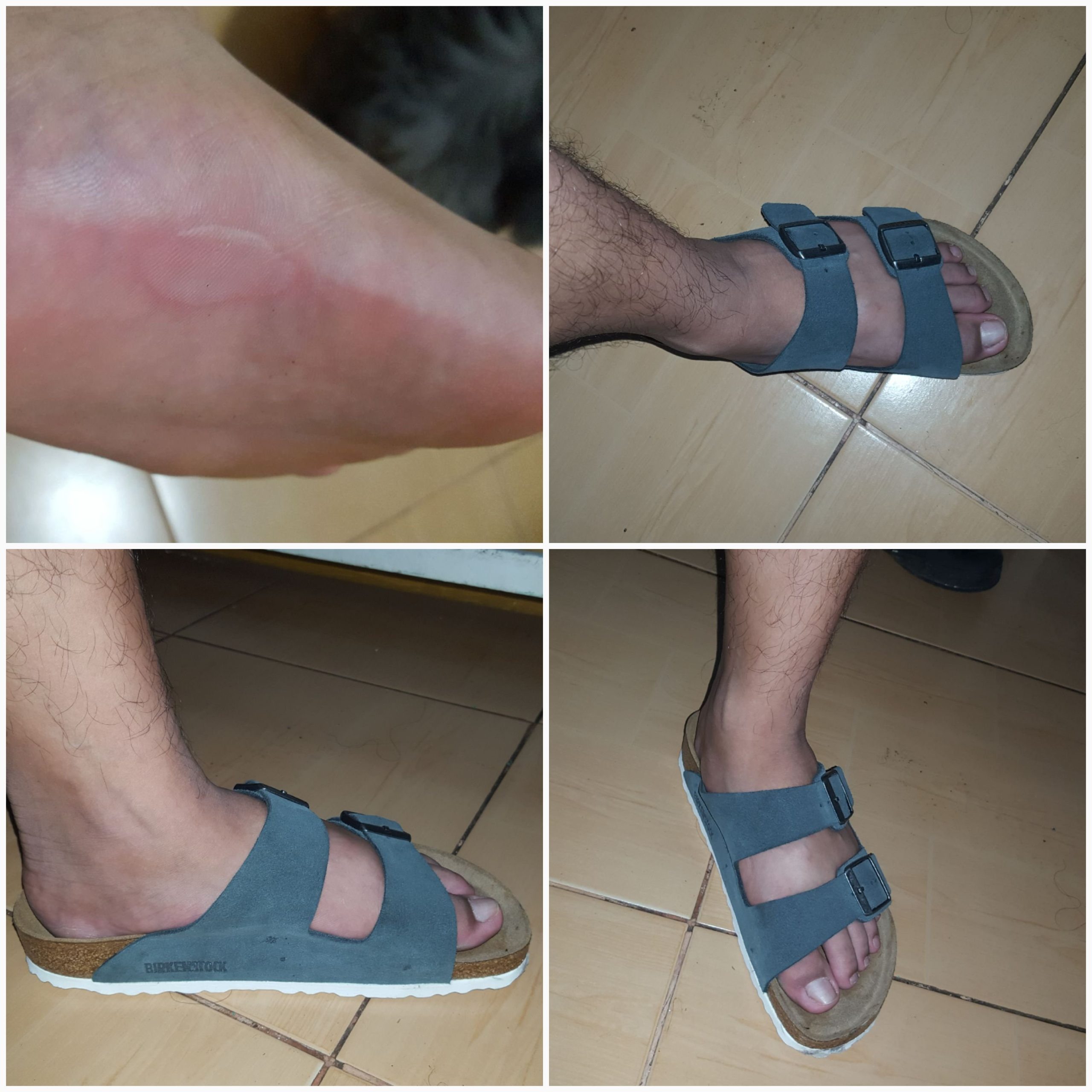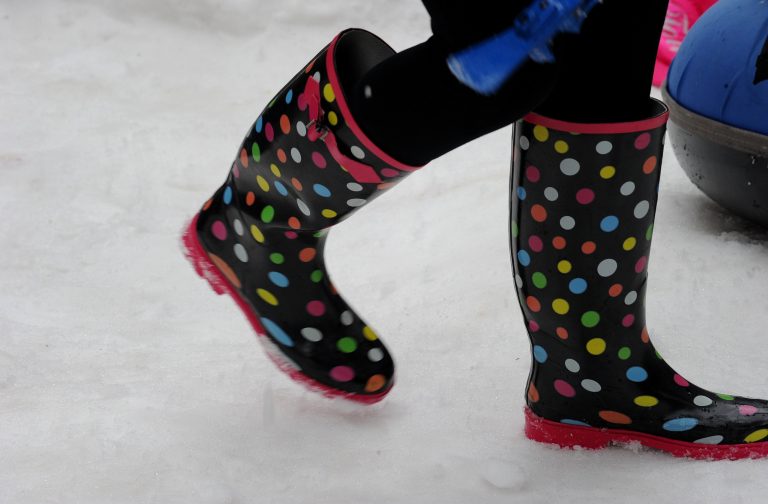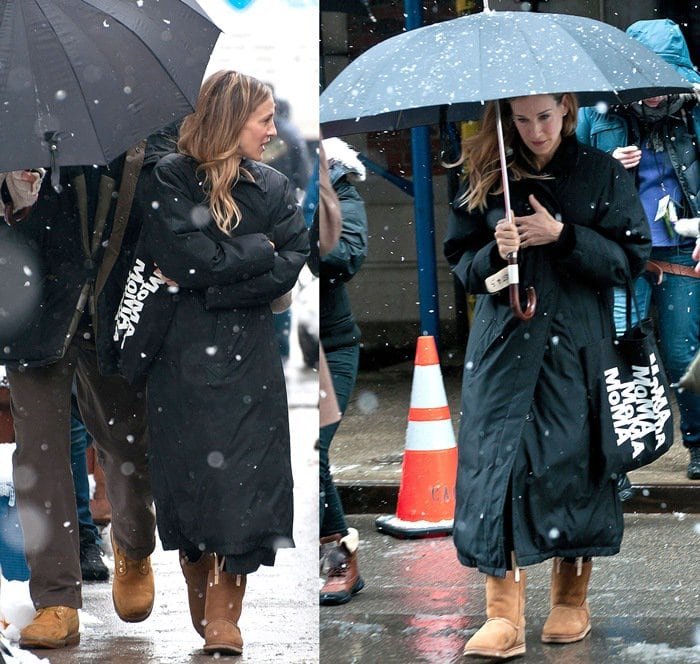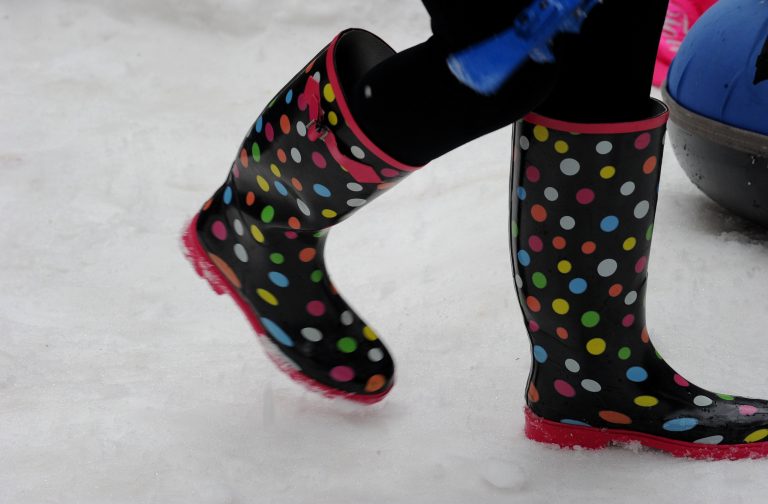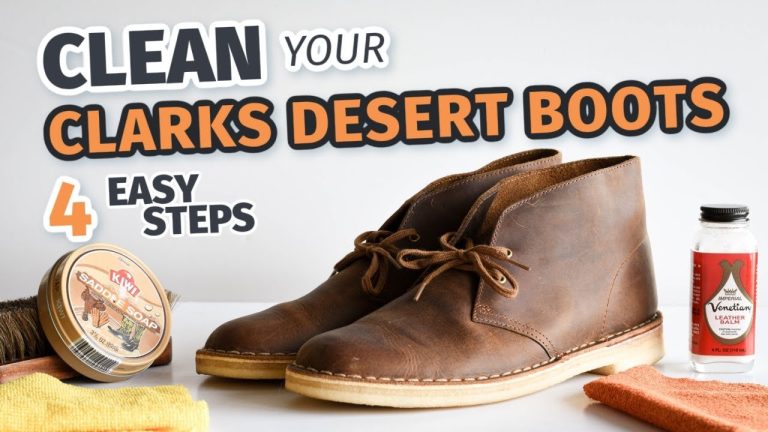Birkenstocks are known for their comfort and style, but unfortunately, they can sometimes lead to blisters. However, fear not! There are solutions to prevent and address those pesky birkenstocks blisters. By following a few simple steps, you can enjoy the freedom of wearing your Birkenstocks without the discomfort. So, whether you’re a long-time fan or considering a new pair, keep reading to find out how to keep your feet happy and blister-free while rocking your favorite Birkenstocks.
Birkenstocks Blisters: Understanding and Preventing Foot Discomfort
Wearing Birkenstocks during the warm summer months is a popular choice for many people seeking comfort, style, and durability. These iconic sandals are favored for their supportive footbeds and adjustable straps, which make them suitable for all-day wear. However, like any footwear, Birkenstocks may sometimes cause blisters, especially if not worn properly or if the feet are not accustomed to this type of shoe. In this comprehensive guide, we will delve into the topic of Birkenstocks blisters, exploring the causes, prevention strategies, and effective remedies to ensure you have a comfortable and blister-free experience.
1. Understanding Blisters and their Causes
Blisters are fluid-filled sacs that form on the skin due to friction, pressure, or heat. When it comes to Birkenstocks, blisters can occur for several reasons, including:
1.1. Breaking-in Period
When you first start wearing Birkenstocks, your feet may need some time to adjust to the unique footbed and materials. During this initial period, blisters can form as your skin rubs against the straps or the contours of the footbed. The breaking-in stage is crucial for allowing the sandals to conform to your feet, so it’s important to be patient and take preventive measures to minimize discomfort.
1.2. Improper Sizing
Wearing Birkenstocks that are too tight or too loose can also contribute to blister formation. If your sandals are too small, they may create excessive pressure points and rub against your skin, causing friction blisters. On the other hand, if they are too big, your feet may slide around, leading to blisters from the constant movement and friction. Ensuring you have the correct size is vital in preventing blister formation.
1.3. Moisture and Sweat
Birkenstocks are often worn during warmer seasons, which means your feet are more likely to sweat. Excessive moisture can weaken the skin’s integrity, making it more susceptible to blisters. Additionally, damp skin increases friction, further exacerbating the chances of blister formation. Proper foot care and moisture management can significantly reduce the occurrence of blisters.
1.4. Activity Level and Foot Mechanics
Your activity level and foot mechanics can play a role in blister formation while wearing Birkenstocks. Activities that involve prolonged walking, hiking, or running may subject your feet to increased stress and friction, leading to blisters. Furthermore, if you have certain foot conditions, such as flat feet or high arches, your feet may be more prone to blisters due to the altered pressure distribution and friction points.
2. Prevention Strategies for Birkenstock Blisters
Preventing blisters when wearing Birkenstocks is essential for a comfortable experience. By implementing the following strategies, you can minimize the risk of blister formation:
2.1. Gradual Break-In Period
When you first get a new pair of Birkenstocks, it’s important to start wearing them gradually to allow your feet to adjust. Begin by wearing them for short durations, gradually increasing the time as your feet become accustomed to the footbed and straps. This method will help minimize friction and reduce the chances of blisters forming during the breaking-in period.
2.2. Proper Sizing and Fit
Ensuring you have the correct size of Birkenstocks is crucial in preventing blisters. Visit a store or consult the size chart provided by Birkenstock to find the perfect fit for your feet. Remember, each style may vary in sizing, so pay attention to specific recommendations. Additionally, adjust the straps to achieve a secure but comfortable fit that prevents excessive rubbing or movement.
2.3. Sock Choice and Moisture Management
Wearing the right socks can act as a barrier between your feet and the sandals, reducing friction and moisture buildup. Opt for moisture-wicking socks made from breathable materials like cotton or moisture-wicking synthetic blends. These socks will help keep your feet dry and reduce the risk of blisters caused by excessive moisture.
2.4. Cushioning and Protective Products
To further minimize friction and pressure points, consider using cushioning or protective products such as moleskin, gel pads, or blister prevention patches. These products provide an extra layer of protection between your skin and Birkenstocks, reducing the chances of blisters. Apply them to areas prone to rubbing or blister formation for added comfort.
2.5. Regular Maintenance and Foot Care
Proper foot care is essential for preventing blisters and maintaining overall foot health. Keep your feet clean, dry, and moisturized to ensure optimal skin condition. Trim your toenails regularly and address any foot conditions or abnormalities promptly. By maintaining good foot hygiene and health, you can minimize the risk of blisters while wearing Birkenstocks.
3. Remedies for Birkenstock Blisters
If despite your best efforts, blisters still occur while wearing Birkenstocks, it’s important to know how to treat them effectively. Here are some remedies to alleviate discomfort and promote healing:
3.1. Give Your Feet a Break
When blisters appear, it’s important to give your feet time to rest and recover. Refrain from wearing Birkenstocks or any other footwear that may aggravate the blisters. This break will help reduce friction and allow the blisters to heal naturally.
3.2. Keep the Area Clean and Dry
Maintaining proper hygiene around the blistered area is crucial to prevent infection. Clean the blisters gently with mild soap and warm water, patting them dry afterward. Avoid harsh rubbing or scrubbing that may cause further irritation.
3.3. Protect with Bandages or Dressings
Covering the blisters with sterile bandages or dressings can provide protection while reducing friction and promoting faster healing. Ensure the bandages are not too tight to allow proper circulation.
3.4. Avoid Popping the Blisters
As tempting as it may be, avoid popping the blisters. Popping them can increase the risk of infection and slow down the healing process. If the blisters do rupture on their own, clean the area and apply an antibiotic ointment to prevent infection.
3.5. Utilize Over-the-Counter Remedies
Over-the-counter remedies such as blister cushions, hydrocolloid dressings, or antibiotic creams can aid in blister healing and provide additional protection. Follow the instructions on the packaging or consult a pharmacist for proper usage.
Birkenstocks blisters can be discomforting, but with proper prevention strategies and timely remedies, you can enjoy the comfort and support these sandals offer without any foot issues. Remember to take your time with the breaking-in period, choose the correct size, manage moisture, and prioritize foot care. By implementing these practices, you can embrace the summer season with blister-free feet and confidently wear your Birkenstocks for any occasion.
What can I do for Blisters?
Frequently Asked Questions
Can Birkenstocks cause blisters?
Birkenstocks are known for their comfort and support, but they can cause blisters if not properly broken in or if they do not fit properly. The friction between the foot and the shoe can result in blisters, especially in areas where the straps rub against the skin. It is important to choose the right size and adjust the straps to avoid any rubbing or irritation.
How can I prevent blisters when wearing Birkenstocks?
To prevent blisters when wearing Birkenstocks, it is important to break them in gradually. Start by wearing them for short periods of time and gradually increase the duration. Additionally, make sure you choose the right size and adjust the straps to ensure a secure and comfortable fit. Applying moleskin or blister prevention products to potential problem areas can also help reduce friction and prevent blisters.
What should I do if I get a blister from wearing Birkenstocks?
If you develop a blister from wearing Birkenstocks, it is important to take care of it to prevent further irritation or infection. Clean the blister with mild soap and water, and avoid popping or draining it. Apply a blister bandage or cushion to protect the blister and relieve pressure. If the blister becomes painful, swollen, or shows signs of infection, it is recommended to seek medical attention.
Can I wear socks with Birkenstocks to prevent blisters?
Wearing socks with Birkenstocks can help reduce friction and prevent blisters. However, it is important to choose socks that are suitable for the style of Birkenstocks you have. Opt for thin, moisture-wicking socks that provide a barrier between your foot and the shoe while still allowing your feet to breathe.
Are there any specific Birkenstock models that are less likely to cause blisters?
Birkenstock offers a wide range of models with varying strap designs and materials, and some styles may be less likely to cause blisters than others. It is recommended to choose models with soft or padded straps, as they can reduce friction and provide extra comfort. Additionally, models with adjustable straps allow for a more customized fit, minimizing the chances of blisters.
Final Thoughts
In conclusion, birkenstocks blisters can be a common issue when first wearing these popular sandals. However, proper care and adjustments can significantly reduce the likelihood of experiencing discomfort. It is important to gradually break in the sandals, wear socks initially, and consider adding moleskin or bandages to areas prone to rubbing. Additionally, choosing the right size and style of Birkenstocks can make a difference in preventing blisters. By following these tips and taking proactive measures, individuals can enjoy the comfort and support that Birkenstocks offer without the inconvenience of blisters.
